My strategy() is fully working but now I'm trying to manage how money is put in the trade.
HERE'S MY CURRENT SITUATION :
I have a SL set at the lowest low of the last 10 bars and a TP set at 1.5xSL.
My strategy.exit :
strategy.exit("EXIT LONG","LONG", stop=longSL, limit=longTP)
Until here, everything is working fine.
THE PROBLEM :
Even though I use :
strategy("TEST MACD DEFAULT", shorttitle="MACD", overlay=true, initial_capital=1000, default_qty_type=strategy.equity, default_qty_value=1, currency=currency.EUR, process_orders_on_close=true, pyramiding=0)
The money is not put in the trade the way I want.
WHAT I WANT :
I have a capital of 1000€.
I want my SL (which is already set at the lowest low of the last 10 bars) to be 1% of my capital = 10€.
My TP being 1.5xSL, so it would be 15€.
Meaning that for each trade I lose, I lose 10€ and for each trade I win, I win 15€.
But this is not what I have :

QUESTION :
How can I achieve this ?
HERE'S MY CODE (only for long positions) :
//@version=4
strategy("TEST MACD DEFAULT", shorttitle="MACD", overlay=true, initial_capital=1000, default_qty_type=strategy.cash, default_qty_value=10, currency=currency.EUR, process_orders_on_close=true, pyramiding=0)
// MACD
[macdLine, signalLine, _] = macd(close, 12, 26, 9)
// EMA 200
ema = ema(close, 200)
plot(ema, title="EMA 200", color=color.yellow, linewidth=2)
// LONG CONDITIONS
longCheckCondition = barssince(crossover(macdLine, signalLine))
longCondition1 = longCheckCondition <= 3 ? true : false
longCondition2 = macdLine < 0 and signalLine < 0
longCondition3 = close > ema
longCondition = longCondition1 and longCondition2 and longCondition3 and strategy.opentrades == 0
// STOP LOSS
float longSL = na
longSL := longCondition ? lowest(low, 11)[1] : longSL[1]
// TAKE PROFIT
longEntryPrice = close
longDiffSL = abs(longEntryPrice - longSL)
float longTP = na
longTP := longCondition ? close + (1.5 * longDiffSL) : longTP[1]
// ENTRY/EXIT
if longCondition
strategy.entry("LONG", strategy.long)
strategy.exit("EXIT LONG","LONG", stop=longSL, limit=longTP)
// PLOT STOP LOSS
longPlotSL = strategy.opentrades > 0 and strategy.position_size > 0 ? longSL : na
plot(longPlotSL, title='LONG STOP LOSS', linewidth=2, style=plot.style_linebr, color=color.red)
// PLOT TAKE PROFIT
longPlotTP = strategy.opentrades > 0 and strategy.position_size > 0 ? longTP : na
plot(longPlotTP, title='LONG TAKE PROFIT', linewidth=2, style=plot.style_linebr, color=color.green)
